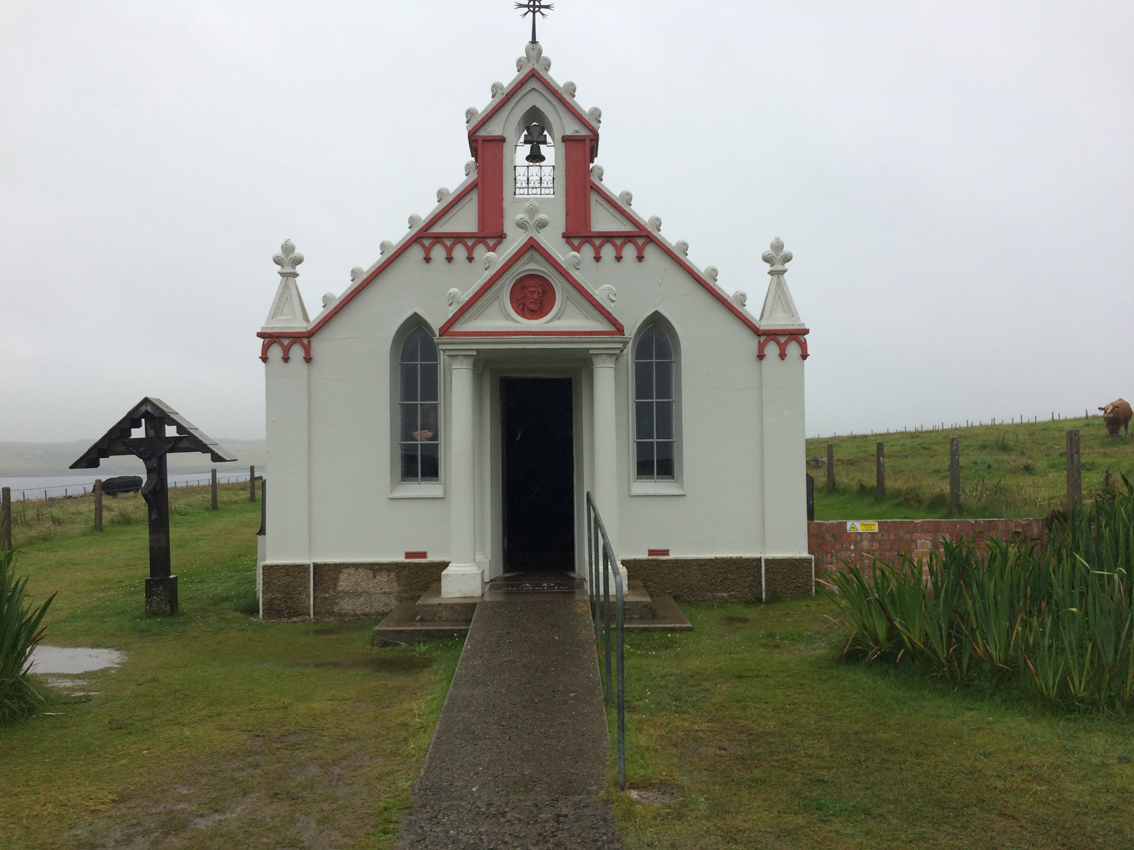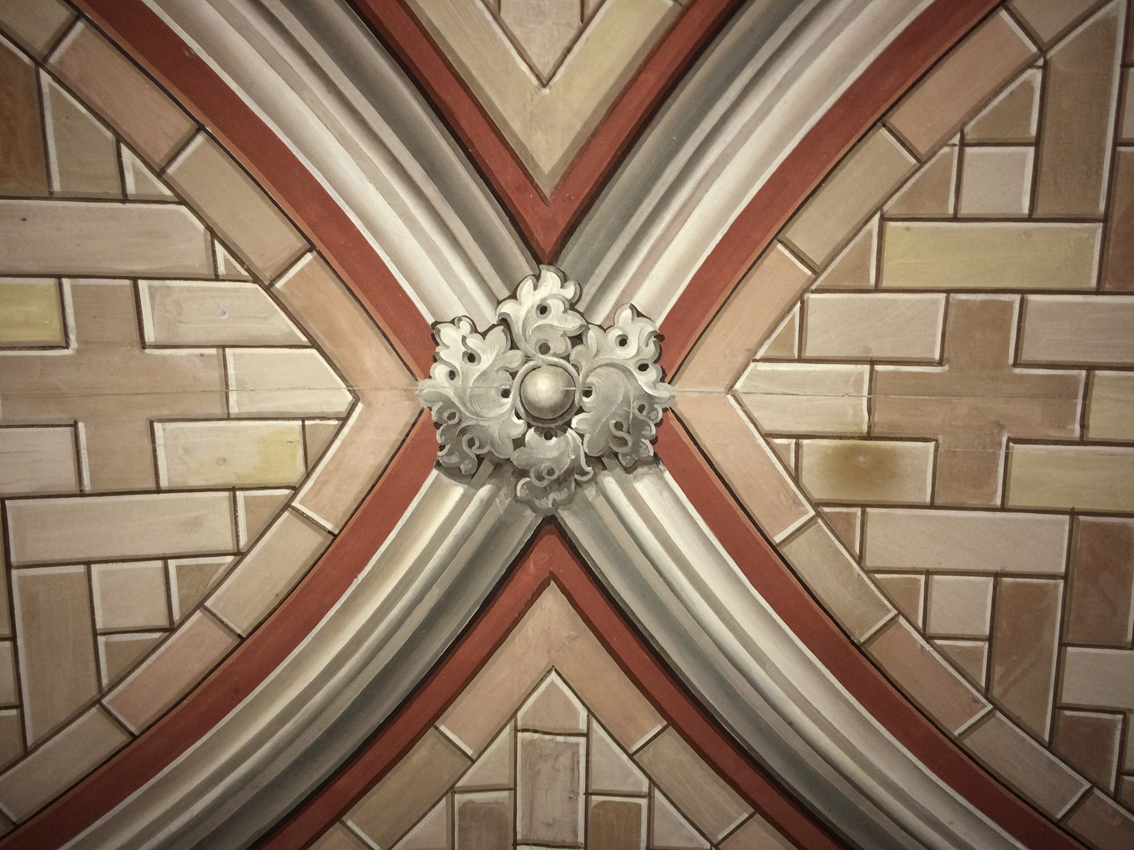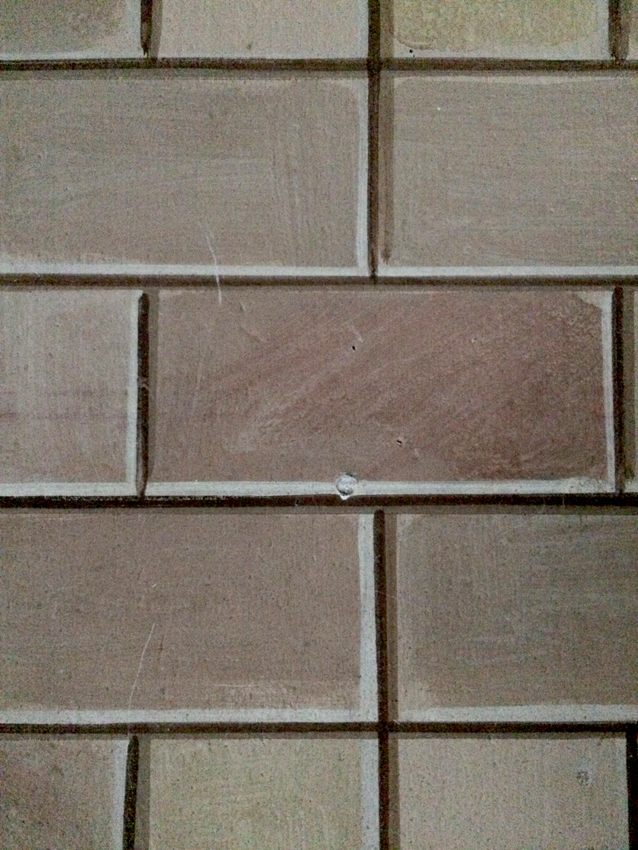Radical Gallery St Leonards
I took part in the fantastic tour of works that Cliff Stevenson has actioned up and down Norman Road, St Leonards during the Dear Serge event. Now you can see pictures, comments and models of the works themselves at Project 78 Gallery. I'd highly recommend a visit and the 20 minute tour - suspend your disbelief, the works are genuine. After experiencing the infinite, I exited feeling excited and invigorated.
Only open for one more week.
The Italian Chapel
There is a little church in Lambholm on the Orkney's which is also known as the Italian Chapel. It is all that remains of Camp 60 which was the temporary home for several hundred Italian prisoners in the final years of World War 2. These men were sent to work on the Churchill barriers, a set of concrete causeways which linked several islands together. These barriers helped to make Scapa Flow a secure harbour for the British Naval Fleet.
Whilst there and under the guidance of Domenico Chiocchetti, they converted two Nissen huts into a chapel. The huts were converted into a humble but nevertheless magnificent place of worship. All of the materials used were cobbled together by the prisoners from what they could source nearby. It is a wonderful achievement and a very moving space to encounter.
Behind the altar is Chiocchetti's masterpiece – a frescoe depicting the Madonna and Child which was based on a picture that the skilled painter had carried with him during the war. Having constructed and painted the sanctuary the small team of artisans turned their attention to the rest of the building and eventually to the external facade.
What is remarkable is that the whole transformation took less than a year (and at the same time work continued on the huge concrete causeways) It is testimony to the love, artistry and dedication of all of those involved.
Targets
Working on some ideas for a screenprint. This could be called Target HNWI's
Witte de With
A couple of highlights from a visit to the Witte de With, Center for Contemporary Art. Rotterdam
One of Us Is On the Wrong Side of History! By Xu Zhen (1977, China) is a huge installation on the ground floor of the Witte de With, Contemporary Art Gallery. Rotterdam. I spent a while enjoying the collaged comments compiled in linked gold and silver chains of various sizes to form a huge double sided light box. Whilst the the comments were sourced from the past 25 years of WdW exhibitions and publications, poster archive they reminded me of text messages and graffiti that you often find written on school books, walls or in the street. Blinging.
John Gerrard's Sow Farm (Near Libbey, Oklahoma) 2009 is from 'Art in the age of Planetary Computation' at the Witte de With, Center for Contemporary Art. Rotterdam
Two rusted steel frames enclose LCD screens which depict CGI modeled automated agricultural-industrial complexes. These virtual portraits of Google server buildings (data farms) were artificially constructed from photographic studies gathered by using a hired helicopter. Powerful works that seem to gently hum like a computer on sleep mode. There is movement – just (!) in the grass plants that surround the plants. The sequences convey a very tangible sense of foreboding – shut down and switch off your stuff.
Daan van Golden at the Stedelijk, Amsterdam
I very much enjoyed seeing the work by Daan van Golden at the Stedelijk – his precisely painted handkerchiefs were beautifully executed. I am always interested in process and his approach seems similar to some of the techniques that I have employed recently. A short film clip on vimeo entitled 'Saskia van Kampen selects Daan van Golden' is really well worth watching.
William Gear 'The Painter that Britain Forgot' at towner. Eastbourne
William Gear was born 100 years ago in 1915 and so this exhibition celebrates his Centenary. Towner has a particular association with this British abstract artist as he was employed as curator at towner for a six year period from 1958 – 1964.
There are over one hundred works by William Gear to see in this show and the picture featured above is one of my favourites. Incidentally, this one is not included in the catalogue. The blocky black and white forms with very visible brushmarks are set on a green ground, overlaid with yellow, a shade that I associate with the fabric in the camper van I used to travel around in when I was young. I've often mixed yellow for painting purposes and for decorating and you can very easily end up with a disappointing green yellow combo that ends up going into the bin, nevertheless the green and yellow in this picture seem just right. Some of the green hues may be due to the mixing of black and yellow at the edges of the network of grey forms that radiate outwards from the center region of the canvas. It's a great painting.
The exhibition features his works from the late 1940's to the 1990's. Most of all, I liked the works painted in the 1950's and early 60's - the landscapes and painted structures which are nevertheless fuzzy edged and somewhat like camouflage patterns. William Gear was also a curator with an eye for other great abstract works, on the first floor there is a gallery that features paintings that he purchased for the towner collection. There are works by Peter Lanyon and Bryan Wynter to name just two.
William Gear 'The Painter that Britain Forgot' at towner is altogether, an unmissable exhibition.
ESO at Towner
Enjoyed the private view and very happy with the hanging of my work. Thanks to Alison, Matt and all the team at Towner.
Thanks also to friends and family who came over to see the show
















